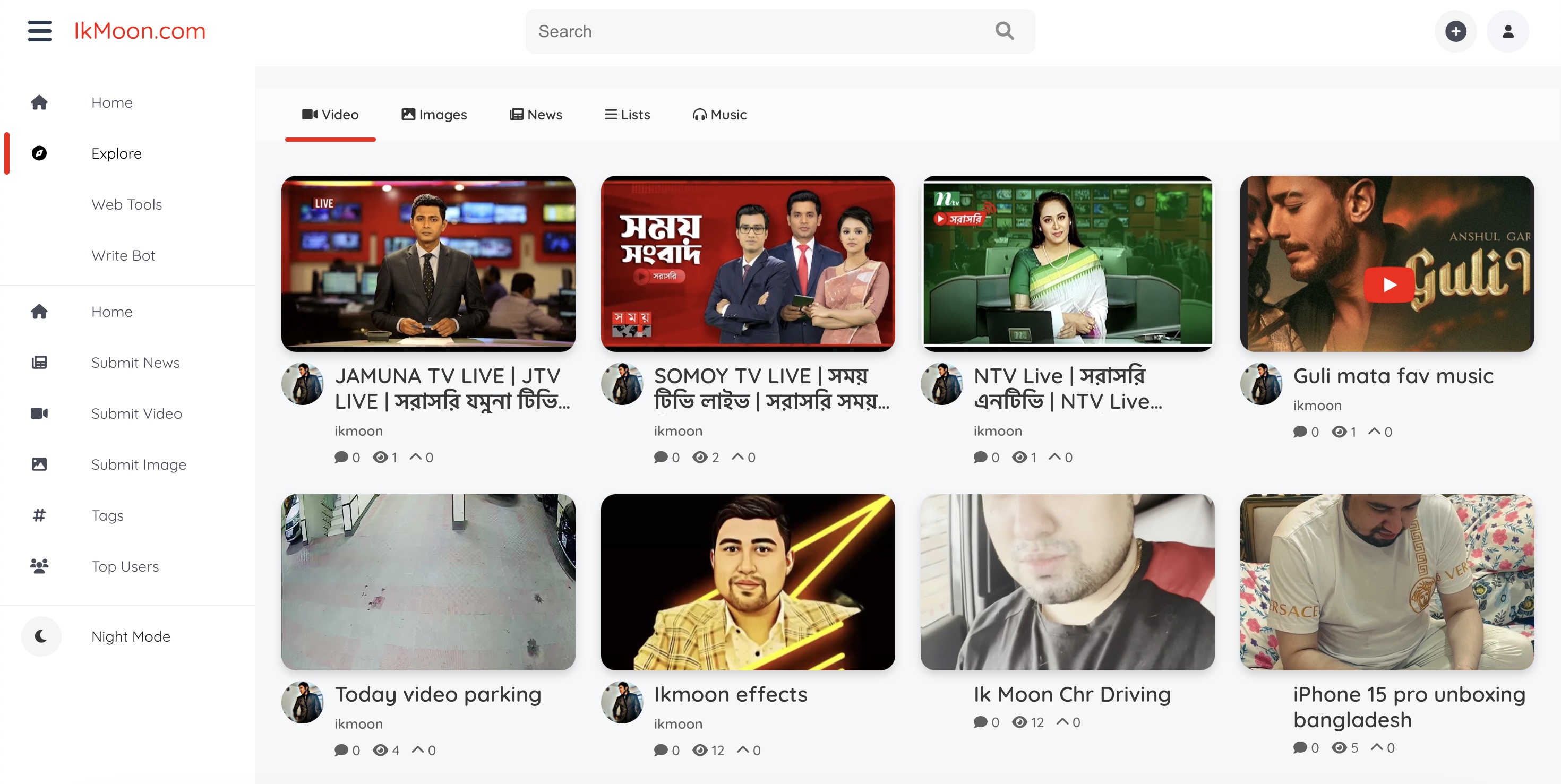Toyota Proposes Blockchain Layer To Orchestrate Trust Across Mobility Ecosystems
The post Toyota Proposes Blockchain Layer To Orchestrate Trust Across Mobility Ecosystems appeared on BitcoinEthereumNews.com. Toyota’s Blockchain Lab on Wednesday published a major technical paper, MON: Orchestrating Trust into Mobility Ecosystems, laying out a concrete blueprint for a blockchain-based Mobility Orchestration Network (MON) that the authors say could let vehicles, regulators, insurers, financiers and service providers share verifiable claims about cars and mobility services across borders and industries. The paper, credited to Toyota Blockchain Lab with technical advisory from AvaLabs and TIS, was released on Aug. 20, 2025. The central problem Toyota frames is simple but far-reaching: a modern mobility asset, a car, a robotaxi, an e-bike fleet, is not owned or operated by a single party but exists inside a web of legal, technical and commercial relationships. Those relationships are largely siloed today (registries, OEMs, insurers, fleet operators, banks), and that fragmentation prevents mobility’s value from being reliably measured, moved or financed. The MON proposal is intended as a neutral protocol layer to bundle and expose those many proofs of trust so that capital, services and operations can interoperate without dismantling local laws and institutions. Three Bridges to Fix Three Gaps Toyota organizes the solution around three structural gaps, organizational, industrial and national, and proposes three corresponding bridges: • Bridge 1 — Bundling Trust: MON aggregates multiple kinds of verifiable proof (what the paper calls institutional, technical and economic proofs) so that a vehicle’s legal status, OEM manufacturing attestations and operational performance can be combined into a single, machine-verifiable “Trust” about the asset. • Bridge 2 — Igniting the value cycle: With Trust established, capital networks (lenders, securities platforms) and utility networks (ride platforms, charging operators) can interoperate. MON is described as a neutral coordinator, not the sole marketplace, that enables finance, services and operations to reinforce each other. • Bridge 3 — Connecting ecosystems: Rather than forcing a single global law or registry,…

The post Toyota Proposes Blockchain Layer To Orchestrate Trust Across Mobility Ecosystems appeared on BitcoinEthereumNews.com.
Toyota’s Blockchain Lab on Wednesday published a major technical paper, MON: Orchestrating Trust into Mobility Ecosystems, laying out a concrete blueprint for a blockchain-based Mobility Orchestration Network (MON) that the authors say could let vehicles, regulators, insurers, financiers and service providers share verifiable claims about cars and mobility services across borders and industries. The paper, credited to Toyota Blockchain Lab with technical advisory from AvaLabs and TIS, was released on Aug. 20, 2025. The central problem Toyota frames is simple but far-reaching: a modern mobility asset, a car, a robotaxi, an e-bike fleet, is not owned or operated by a single party but exists inside a web of legal, technical and commercial relationships. Those relationships are largely siloed today (registries, OEMs, insurers, fleet operators, banks), and that fragmentation prevents mobility’s value from being reliably measured, moved or financed. The MON proposal is intended as a neutral protocol layer to bundle and expose those many proofs of trust so that capital, services and operations can interoperate without dismantling local laws and institutions. Three Bridges to Fix Three Gaps Toyota organizes the solution around three structural gaps, organizational, industrial and national, and proposes three corresponding bridges: • Bridge 1 — Bundling Trust: MON aggregates multiple kinds of verifiable proof (what the paper calls institutional, technical and economic proofs) so that a vehicle’s legal status, OEM manufacturing attestations and operational performance can be combined into a single, machine-verifiable “Trust” about the asset. • Bridge 2 — Igniting the value cycle: With Trust established, capital networks (lenders, securities platforms) and utility networks (ride platforms, charging operators) can interoperate. MON is described as a neutral coordinator, not the sole marketplace, that enables finance, services and operations to reinforce each other. • Bridge 3 — Connecting ecosystems: Rather than forcing a single global law or registry,…
What's Your Reaction?






































